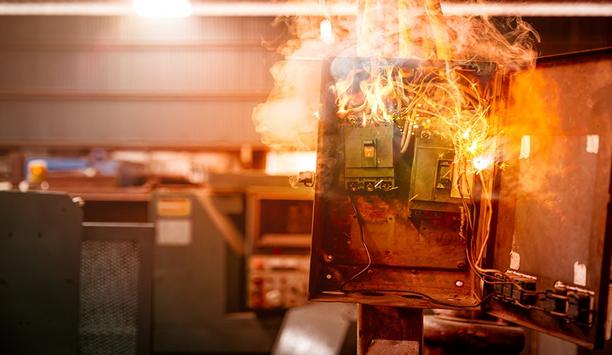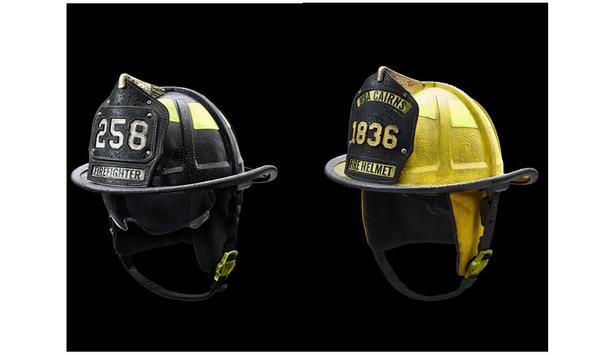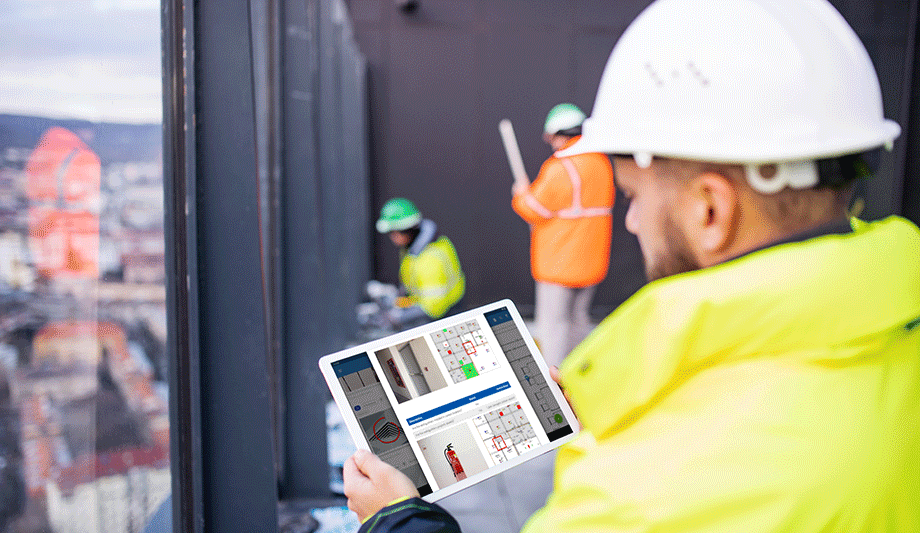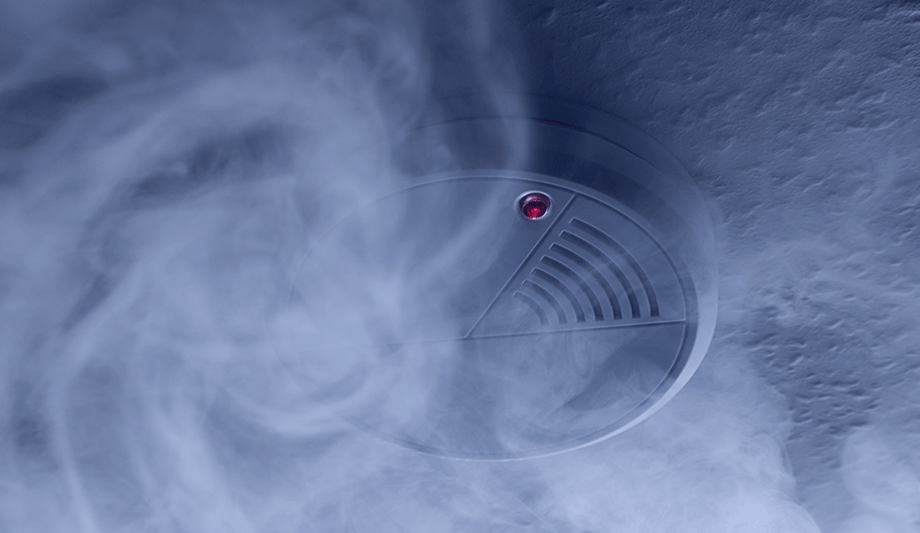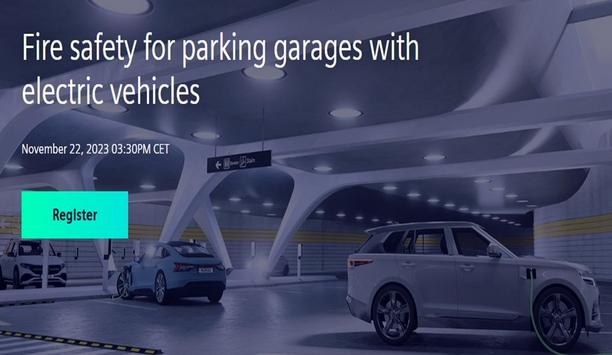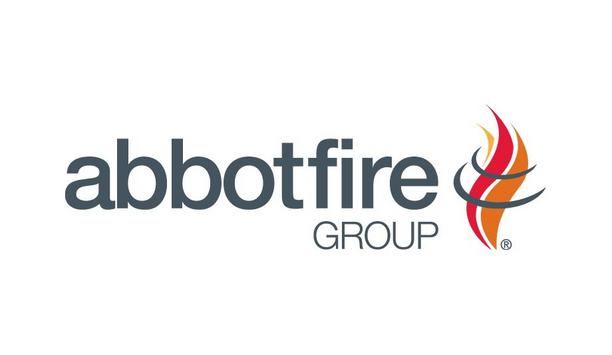Fire alarm systems – they protect most businesses, schools, hospitals, hotels, and multi-family dwellings from the tragedy of a fire.
While it is easy to take them for granted and thus oversimplify them, fire alarm systems are a complex network of many different interconnected components that all play a unique role in fire protection.
Fire alarm system
The most visible component of these systems, and likely the one all are most familiar with, is the fire alarm initiating device. The initiating devices in a fire alarm system are those that detect signs of a possible fire and activate an alarm.
They are the system’s triggers and the most visible aspect of the fire alarm system. Initiating devices are connected to the alarm system’s control panel via 2- or 4-way circuits and are under the control panel’s constant surveillance. When an initiating device is activated, the panel identifies the activation and goes into an alarm state, sounding the alarm in the building and sending a call out for an emergency response.
Automatic initiating devices
Fire alarm initiating devices include smoke detectors, sprinkler water flow switches, manual pull stations, and more
Fire alarm initiating devices include smoke detectors, sprinkler water flow switches, manual pull stations, and more. All initiating devices can be categorized into one of two types: automatic initiating devices and manual initiating devices:
Automatic initiating devices: automatic devices are those that are triggered automatically by the right conditions. These include:
- smoke detectors
- fire sprinkler water flow switches
- heat detectors
Among automatic initiating devices, there are spot type devices and linear type devices. Spot type devices are detectors that focus solely on their area where they have been installed, while linear types have a method of detection that covers a wide area of space but communicates to a single control unit.
A standard ionization smoke alarm is an example of a spot type, while a light-obscuration photoelectric smoke detector is an example of a linear type. While spot types are cheaper, each device must be hooked up to the fire alarm system separately, and more must be installed to cover the space adequately. In contrast, linear types, while more expensive, only require one hook up to the fire alarm system, and one unit covers a greater area.
Witnessing fire emergency
These devices just have to operate as they normally do to detect a fire and activate to alert the system
Manual initiating devices: manual devices are ones that must be / can be activated manually by a person when they witness a fire emergency. This, of course, refers to a manual pull station. When one of these devices is activated by their respective conditions (smoke, heat, water flow, or manual adjustment), the change is detected by the control panel and initiates the alarm state, at which point the fire alarm system sets off audible and visual alarms to notify building occupants of the hazard.
Most fire alarm systems will have multiple types of initiating devices, and each fire alarm initiating device has its unique role and triggering requirements. Each initiating device must be individually installed and connected to the fire alarm system’s circuitry. Once installed and connected, these devices just have to operate as they normally do to detect a fire and activate to alert the system.
Ionization smoke detectors
Following are brief explanations of how each of the main types of initiating devices work:
Smoke Detectors: smoke detectors are excellent, rapidly responding initiating devices that help fire alarm systems respond before a fire has a chance to develop fully. This is because fires cause smoke early in their development, long before the heat of a fire sets off water sprinklers or heat detectors.
There are two main types of smoke detectors: ionization and photoelectric. Ionization smoke detectors use ionized air held within a sensing chamber to measure the airflow current. When smoke infiltrates the chamber, it reduces the current. When the current drops enough, the detector is activated.
Photoelectric smoke detectors
When smoke enters into the detector, it causes the light to scatter or reflect into the sensor
Photoelectric smoke detectors use one of two methods to use light to detect smoke. One method is called light-scattering, where a light source and a sensor are arranged (both within the detector) in such a way that the sensor does not detect the light under normal conditions. When smoke enters into the detector, it causes the light to scatter or reflect into the sensor. When enough light hits the sensor, it is activated.
The other photoelectric method is light obscuration, where the light source and detecting sensor are usually two separate components. A light beam is projected into the sensor, and as long as the sensor receives the light, it remains inactive. But if smoke from a fire fills the air and obscures the light beam from the sensor, the detector is activated.
Fire-Induced temperatures
Sprinkler Water Flow Switches: a sprinkler water flow switch is a device inside of a fire sprinkler system that detects the flow of water through the pipes of the system.
Typically, when a sprinkler system has not been activated, stagnant water sits in the pipes. But, when a fire sprinkler is activated by fire-induced temperatures, water begins to flow through the system and out of the open fire sprinkler. The sprinkler water flow switch senses this change in the water activity and signals the fire alarm control panel that the sprinkler system has been activated.
Fixed temperature detectors
There are a few types, most commonly the fixed temperature detectors and the rate-of-rise detectors
Heat Detectors: heat detectors are the oldest form of automatic initiating devices and are still the most reliable, though often slowest to react to a fire. There are a few types, most commonly the fixed temperature detectors and the rate-of-rise detectors.
Fixed-rate heat detectors are preset to activate when the temperature within the room reaches a specific, predetermined temperature. Unfortunately, a fire can have a long time to grow before the temperature reaches this predetermined level, so there is a lag between the fire starting and the initiating device activating. A rate-of-rise heat detector, on the other hand, is activated when the temperature around the detector rises 15 degrees or more in a minute.
The air within the detector’s chamber expands in response to this rapid increase in temperature and presses a flexible metal diaphragm against contacts in the chamber that triggers activation. While rate-of-rise heat detectors are typically faster to detect fires, they still require a fire to get started and grow before they activate, which is why they should be used in combination with other initiating devices and not solely relied upon.
Escaping awkward situations
Manual Pull Stations: famously portrayed in many films as an easy means of escaping awkward situations, manual pull stations allow individuals to initiate the fire alarm in case of an emergency. Pull stations may either be single- or dual-action. In single-action stations, only the single physical act of pulling a lever is required to activate the alarm.
In contrast, in dual-action stations, two acts are required, such as first breaking a glass cabinet containing the lever, or lifting a covering to access the lever. In most systems, once the lever is pulled, a signal is sent to the control panel, and a general alarm is sounded throughout the entire building alerting everyone to evacuate the building.
Though each of these fire alarm initiating devices is activated in response to unique conditions, their overall role within a fire alarm system is the same – to activate in response to a fire, thus signaling the fire alarm control panel to go into alarm mode. They initiate the alarm.
Water flow switches
That’s why smoke detectors and other devices are also necessary to create a truly life-saving fire alarm system
As should now be evident, there are many types of initiating devices, and the ones listed above only represent the main ones. There are plenty of other types, as well as possible customizations to each. As each device is initiated by a different set of conditions, it is vital to understand that no alarm system should only rely on just one type.
While sprinkler water flow switches and heat detectors do an excellent job protecting a building by notifying the system of a fire, they do not activate early enough to protect the life within that building. That’s why smoke detectors and other devices are also necessary to create a truly life-saving fire alarm system.
Fire alarm initiating devices
However, the facility’s unique conditions, materials, layout, and staffing or residents all impact which type of fire alarm initiating devices would work best and where they ought to be placed. To effectively protect the property and the lives who live or work there, one needs the help of experts like Koorsen Fire & Security who have made it their business to know the ins and outs of these systems and devices for the last 70 plus years.
Don’t leave the protection of life and property to chance – give the experts at Koorsen a call today. They can help one care for their current system or help one choose and design a system that will best protect the people and property.





